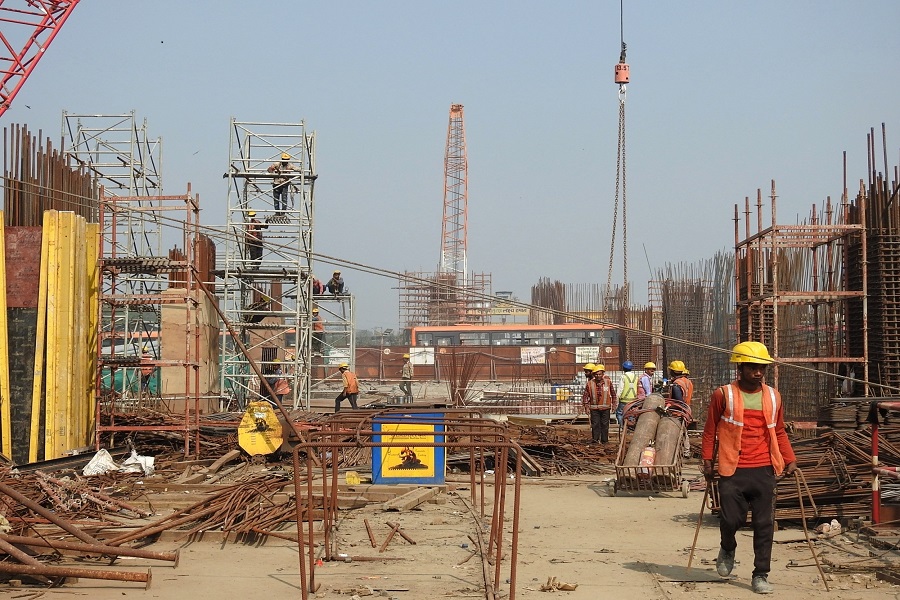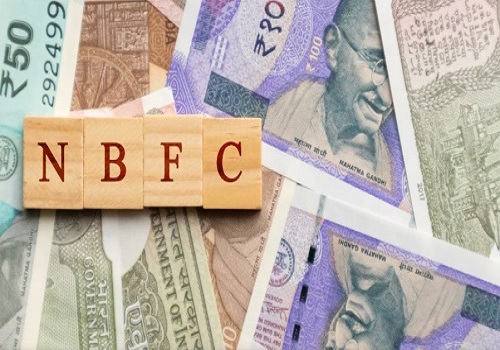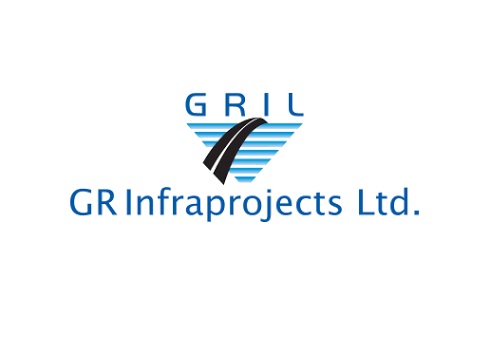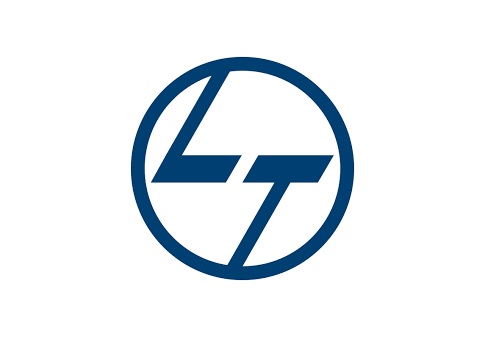Telecom Sector Update : Demystifying 5G capex for Indian telecom By ICICI Securities

Follow us Now on Telegram ! Get daily 10 - 12 important updates on Business, Finance and Investment. Join our Telegram Channel
We have attempted to demystify 5G capex for Indian telecom – Bharti Airtel (Bharti) and Reliance Jio (RJio). We have assumed 5G rollout to be faster than 4G. However, capex spent will be lower than 4G as it was deployed on multiple spectrum bands - 900MHz, 1800MHz, 2100MHz and 2300MHz vs only 3500MHz for Bharti’s 5G, while 800MHz, 1800MHz and 2300MHz vs 700MHz and 3500MHz for RJio’s 5G. Bharti has spent Rs1,115bn on 4G over FY17-22 and RJio has invested Rs1,668bn (green field operation and also included cost capitalisation). We expect Bharti to spend Rs454bn on 5G and allied capex over FY23-25E (Rs666bn over FY23-27E) to reach 5G coverage of 70% by FY25E and 85% by FY27E. RJio to incur Rs655bn on 5G and allied capex over FY23-25E (Rs940bn over FY23-27E) to reach 5G coverage of 75% by FY25E and 95% by FY27E. Our RJio capex estimate has an upside risk.
* What is 5G capex guidance? Bharti and RJio have announced indicative large capex outflow for 5G rollout over the next few years. 1) Bharti has guided for total India capex of Rs750bn for the next three years wherein in FY23 and FY24, capex will be relatively high, and it will start tapering FY25 onwards. Bharti has already reached >70 cities in 5G rollout and is likely to have presence in 300 cities by Mar’23. It expects pan-India 5G footprint by end-Mar’24; and 2) RJio has announced total 5G investment of Rs2,000bn which includes Rs900bn towards spectrum, Rs600-700bn towards network rollout and remaining for ecosystem development. RJio is targeting to rollout 5G pan-India by Dec’23. This large upfront 5G capex is likely to restrict cashflow generation for Bharti / RJio over the next two years
* What we know about 5G rollout? 1) Bharti – it is rolling out non-standalone 5G (NSA-5G) wherein the company will use 3500MHz band for downlink and L-1800 for uplink. The uplink on L-1800 band helps Bharti coverage by additional 100-300mts which will improve experience vs otherwise only 3500MHz based 5G network. We understand Bharti will be mounting largely integrated radio (radio and antenna), while 4G BTS will be used with additional 5G slot. NSA-5G will use core of 4G. For backhaul, Bharti will require to strengthen its fibre footprint, but it will be less pressed (vs our earlier expectation) due to E-band (71-76/81-86 GHz) allocation. E-band can provide a microwave throughput of up to 10Gbps which can help maintain reasonable quality of 5G services with one-hope fiberisation; and 2) RJio - it is rolling out standalone 5G (SA-5G) wherein RJio will use a combination of 3500MHz / 700MHz with carrier aggregation. This will help RJio provide superior experience deep into the market due to sub-GHz spectrum. RJio will also need to invest in separate core for 5G. RJio is relatively better placed with strong fibre network for backhaul vs Bharti.
* How much was invested in 4G rollout? Bharti had 118k MBB BTS at end-FY16, and it has expanded to 752k by end-FY22 which means it has added 634k BTS. Notably, Bharti has rolled out 4G using multiple spectrum bands – 900MHz, 1800MHz, 2100MHz and 2300MHz which implies the equipment required was much higher compared to 5G where Bharti is rolling out 5G services on only 3500MHz spectrum band. Bharti has simultaneously strengthened its fibre presence. During the period, it has spent capex of Rs1,115bn (average spend of Rs186bn pa) in mobile services. On 4G, RJio’s investment has been higher due to green field operation set-up and cost capitalisaton. It has spent capex of Rs2,274bn which also includes capex on tower and optic fibre which it has divested into separate InVITs worth Rs606bn. Therefore, adjusted for tower and fibre capex, 4G rollout (includes cost capitalised) costed Rs1,668bn since FY15.
To Read Complete Report & Disclaimer Click Here
For More ICICI Securities Disclaimer https://www.icicisecurities.com/AboutUs.aspx?About=7
SEBI Registration Number INZ000183631
Above views are of the author and not of the website kindly read disclaimer










More News

Real Estate Sector : Demand slowdown sequentially By Centrum Broking













